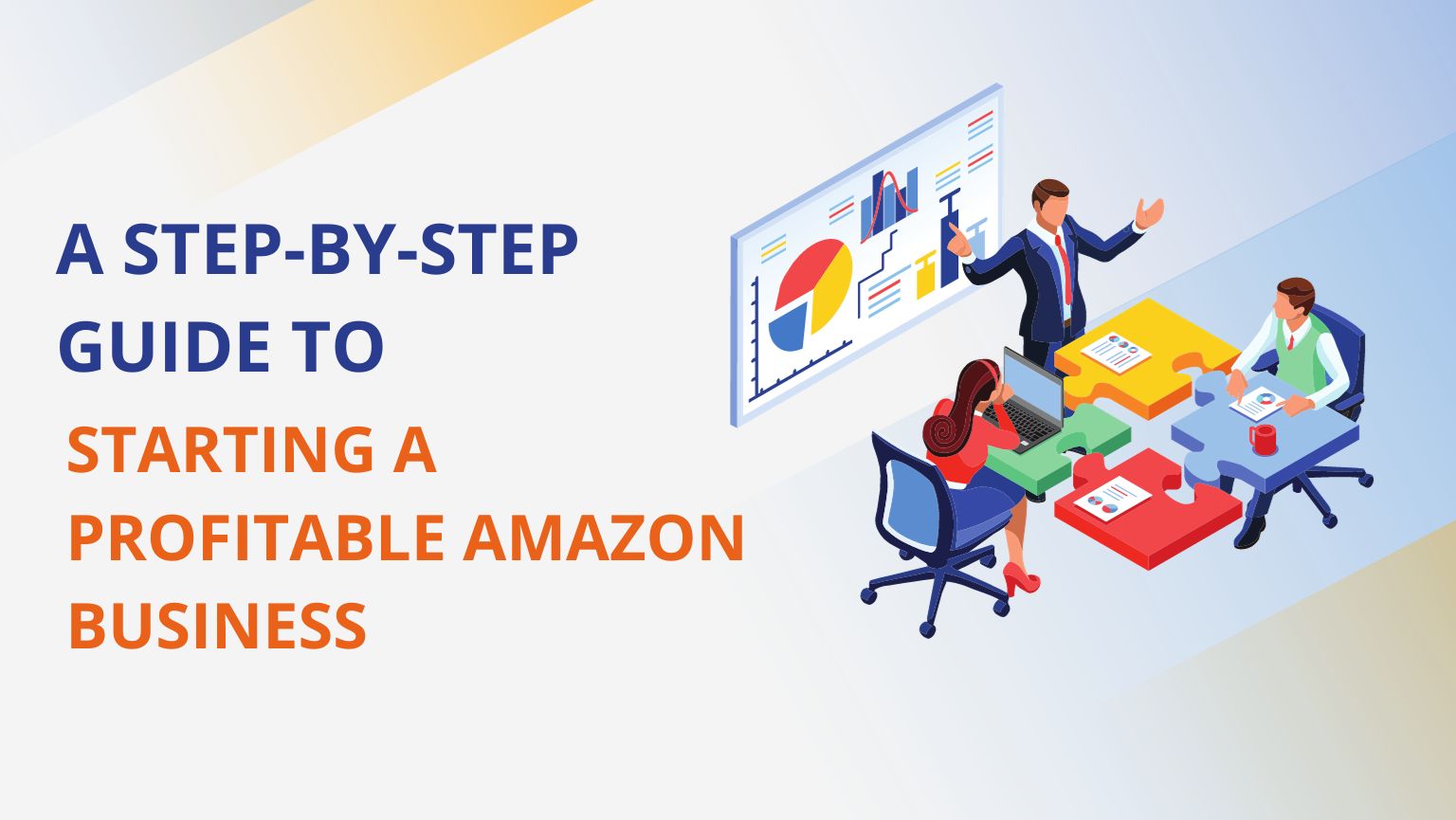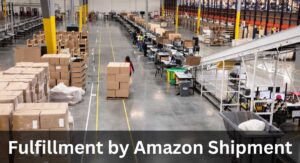
A Step-by-Step Guide to Starting a Profitable Amazon Business
In today’s digital age, e-commerce has become a thriving industry, with Amazon leading the pack as one of the world’s largest and most popular online marketplaces. If you’re considering starting a profitable Amazon business, you’re in the right place. This blog will walk you through the essential steps to set up your Amazon venture and help you turn it into a profitable enterprise.
1. Market Research:
Before you dive headfirst into the world of Amazon, it’s vital to conduct thorough market research. This will help you identify profitable niches and product opportunities. Look for products with demand but limited competition. Tools like Amazon’s Best Sellers list and third-party software like Jungle Scout and Helium 10 can assist you in this endeavor. Consider factors like price range, customer reviews, and product dimensions.
2. Business Plan:
Develop a comprehensive business plan. Define your business model, target audience, pricing strategy, and marketing approach. Your business plan should also include financial projections, investment requirements, and a plan for scaling your operations.
3. Legal and Tax Considerations:
Register your business with the appropriate legal authorities and obtain the necessary permits and licenses. Additionally, consult with a tax professional to ensure you are complying with local, state, and federal tax laws. Amazon may also require certain documentation to set up your seller account.
4. Create an Amazon Seller Account:
Sign up for an Amazon Seller account. You have two options: Individual and Professional. The Individual plan is suitable for those just starting, while the Professional plan is for established businesses. Pay attention to the associated fees and select the one that aligns with your goals.
5. Source Products:
You can source products through various methods:
-
Wholesale: Purchase products from manufacturers or distributors in bulk.
-
Private Labeling: Create your brand by sourcing generic products and adding your branding.
-
Dropshipping: Partner with suppliers who fulfill orders as they come in.
-
Handmade: If you create unique handmade products, you can join Amazon Handmade.
6. Inventory Management:
Manage your inventory efficiently to avoid stockouts or overstocking. Use Amazon’s Fulfilled by Amazon (FBA) service to let Amazon handle storage, packing, and shipping for you.
7. Optimize Product Listings:
Create compelling product listings. Use high-quality images, well-crafted titles, informative descriptions, and relevant keywords. Consider running Amazon PPC (Pay-Per-Click) campaigns to boost visibility.
8. Pricing Strategy:
Set competitive prices. Take into account your costs, competitor prices, and desired profit margins. Amazon’s dynamic pricing tools can help you stay competitive.
9. Fulfillment:
Choose between FBA and Fulfilled by Merchant (FBM). FBA is convenient but involves fees. FBM gives you more control but requires handling shipping and customer service.
10. Customer Service:
Provide excellent customer service. Respond promptly to inquiries, address issues professionally, and maintain a high seller rating.
11. Marketing and Promotion:
Promote your products both on and off Amazon. Use Amazon PPC advertising, create social media profiles, and consider running email marketing campaigns. Build a brand that resonates with your target audience.
12. Monitor Performance:
Regularly analyze your sales, profit margins, and customer feedback. Adjust your strategies based on this data to improve your business.
13. Scale Your Business:
As your business grows, consider expanding your product line, entering new markets, or exploring additional sales channels beyond Amazon.
14. Stay Informed:
E-commerce is a dynamic industry. Stay up-to-date with Amazon’s policies and marketplace trends to adapt your strategies accordingly.
15. Protect Your Business:
Invest in brand protection by trademarking your products and utilizing Amazon’s Brand Registry. This helps prevent counterfeits and ensures your brand’s integrity.
Conclusion:
Starting a profitable Amazon business can be a lucrative venture with the right approach. By conducting thorough research, planning carefully, and maintaining a commitment to quality and customer satisfaction, you can build a successful and profitable business on Amazon. Remember that success on Amazon, like any business, requires patience, adaptability, and continuous improvement. So, go ahead and start your Amazon journey with these steps in mind, and don’t forget to enjoy the process of building your e-commerce empire. Good luck!
How Does the Fulfillment by Amazon Shipment Process Work? – Read
How Does the Fulfillment by Amazon Shipment Process Work? –...
Read MoreAmazon Vendor Central vs Seller Central
Amazon Vendor Central vs Seller Central Over 5 million sellers...
Read MoreWhy Is AI Important for Online Selling?
Why is AI Important for Online Selling? Artificial intelligence has...
Read More



